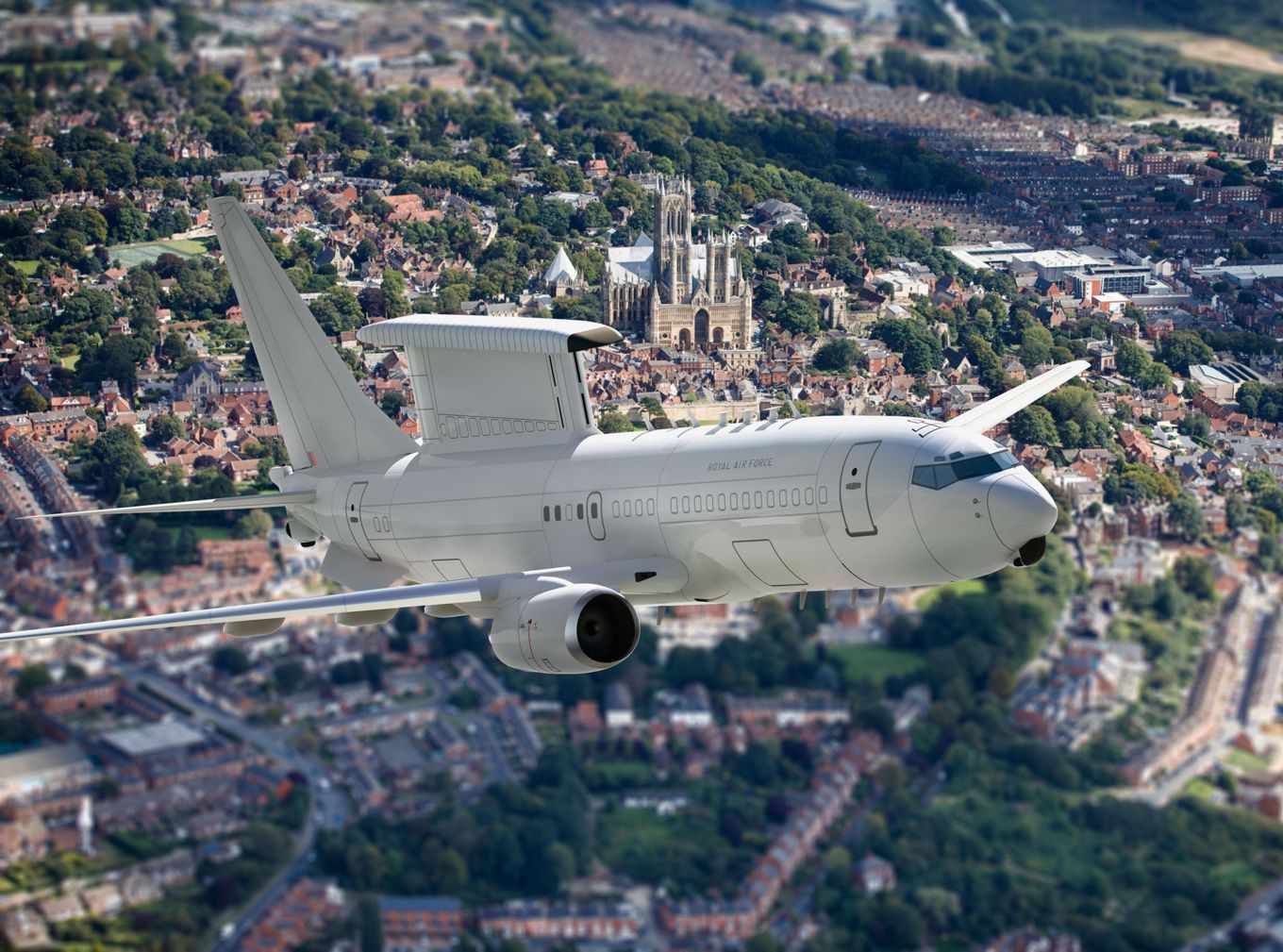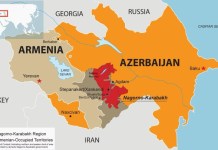On December 22, 2023, around noon, Ukrainian sources claimed to have shot down three Russian Aerospace Forces (RuAF) Su-34 frontline bombers operating in the Chaplinka area of occupied Ukraine. It’s speculated that the aircraft were part of an air group attacking the Ukrainian bridgehead on the left bank of the Dnieper River in Krynky, Kherson.
The RuAF has been using Su-34 bombers in the area to drop bombs kitted with UMPC glide and precision guidance modules. Typically, the fighters drop the bombs from 7000 m altitude, around 50 km behind the frontline. Following the drop, they roll over and escape in a steep dive to avoid being targeted by Ukrainian air defense (AD) systems.
The usually reliable FighterBomber TC acknowledged the Russian loss without specifying the number of aircraft lost. The channel credited Western-supplied Ukrainian Patriot AD for the shootdown.
The @milinfolive channel posted photographs of the purported landing site of the pilots of one of the downed Su-34 and the rescue team, which arrived in a Mi-8 helicopter, at work.
For this analysis, we will assume that the Ukrainian AD shot down at least one Su-34 fighter bomber in an ambush at around noon on December 22, 2023.
Role of Western AWACS
Both Ukrainian and Russian social media (SM) channels are suggesting that the Patriot battery in play received targeting information from a Western AWACS.
The involvement of an AWACS is highly likely. I will explain the reasons in the subsequent paragraphs.
RuAF strike aircraft are either armed with the Kh-31P anti-radiation missile ARM or are accompanied by RuAF fighters armed with the Kh-31P. The Kh-31P is used to destroy any AD radar that switches on to track the RuAF fighters.
RuAF fighters carrying the Kh-31P are also equipped with the Khibini (or a predecessor) wingtips mounted electronic self protection twin pods that can detect RF emissions “painting” the aircraft, both from ground and airborne radars.
A Su-34 fitted with the latest variant Khibiny-2 pods can provide protection and electronic cloaking to a group of Su-34 fighters.
A Patriot PAC-3 system typically uses an AN/MPQ-65 radar to acquire a target and cue the system’s missile firing radar (MFR). The system then launches an interceptor and guides it initially using the MFR.
Typically, the pilot of a Su-34 equipped with self-protection pods would be alerted when it’s first painted by an AN/MPQ-65 radar. The pilot would immediately launch a Kh-31P to home in on the emissions and destroy the radar. Most likely, the standard operating procedure would call for the group to abort the mission.
From the Ukrainian point of view, an alternative and more effective approach would be to not switch on the AN/MPQ-65 radar but instead cue the Patriot’s MFR using targeting information obtained from a data-linked AWACS. In such a case, attacking aircraft pilots would be alerted only to the presence of the AWACS, not the Patriot battery.
What Really Happened?
The AN/MPQ-65 is a very capable AESA radar based on GaN technology. It has better performance, reliability, and power efficiency compared to traditional radar technologies.
It is conceivable that the AN/MPQ-65, using its low probability of interception (LPI) capability, was able to evade detection by the Khibiny pods. If that was the case, there was no AWACS in play.
If an AWACS was in play, then there is the possibility that the RuAF SOPs for attack missions don’t mandate an abort in case of AWACS painting based on the assumption that the aircraft is being tracked but not targeted.
The E-7A Wedgetail Factor
There is also the possibility that the Russian fighters were not able to detect the painting by the AWACS in play.
It was recently reported that Australia sent an E-7A Wedgetail early warning aircraft to Germany as “support for Ukraine.” RuAF likely has little experience operating against the E-7A.
The E-3 is equipped with the AN/APY-1 and AN/APY-2 radar systems, which are mechanically rotating radar systems.
The E-7A features the Multi-Role Electronically Scanned Array (MESA) radar, a fixed electronically scanned radar that provides increased agility and responsiveness compared to a mechanically rotating radar.
The E-7A radar, like any other AESA radar, can be operated in LPI mode. Once again, it’s conceivable that the LPI mode of the radar was tweaked to evade detection by Khibini pods.

Other possibilities, such as fratricide due to IFF malfunction, are remote. After all, how likely is the possibility of friendly fire considering that the location, altitude, speed & direction of approach would rule out adversary aircraft?
It is likely that the Su-34 pilots didn’t get a visual indication of the missile launch, possibly due to the existence of cloud cover.
Pilot Fatalities
Unconfirmed reports suggest that the interception proved fatal for at least some Su-34 crew members. High pilot fatality rates were also observed in an earlier Patriot system ambush shootdown of Russian helicopters and fighters over the Bryansk region in May 2023.
The PAC-3 interceptor features an active seeker and a hit-to-kill approach to maximize the probability of target intercept and destruction.
A hit-to-kill approach relies on highly accurate guidance systems featuring powerful microprocessors that can instantly correct the flight path of the very high speed interceptor to directly hit the target.
In contrast, interceptor missiles armed with blast fragmentation warheads feature less powerful microprocessors and compensate for any inaccuracy in tracking through the use of a proximity fuse. The warhead explodes before striking the aircraft.
At a long interception range, a hit-to-kill interceptor will likely impact the cockpit of the intercepted aircraft. As such, the chances of crew fatalities are high. A hit-to-kill interceptor can more easily handle harsh evasive maneuvering by the target aircraft.
Conclusion
The operational deployment of a Patriot battery close to the battlefront and the shootdown of a RuAF Su-34 on December 22, 2023, could represent the success of a one-off ambush. In such a case, a change of SOPs would ensure that the success would not be repeatable.
More serious is the possibility that the shootdown represents a technological innovation that will endure and limit RuAF’s ability to use UMPC-kitted bombs. There is also the possibility that Russian ability to counter the technological innovation would be severely constrained by Western sanctions that deny the country access to high end microchips.
Ukraine has been clamoring for a technological edge and AD systems to counter the Russian UMPC-kitted bombs. It may just be that the West has given it one. In which case, the war would be further prolonged.
If the Australian E-7A wedgetail had a role to play in the shootdown, no one should doubt that Russia is now fighting NATO and other US allies, not just Ukraine.
- Vijainder K Thakur is a retired IAF Jaguar pilot. He is also an author, software architect, entrepreneur, and military analyst. VIEWS PERSONAL
- Follow the author @vkthakur




